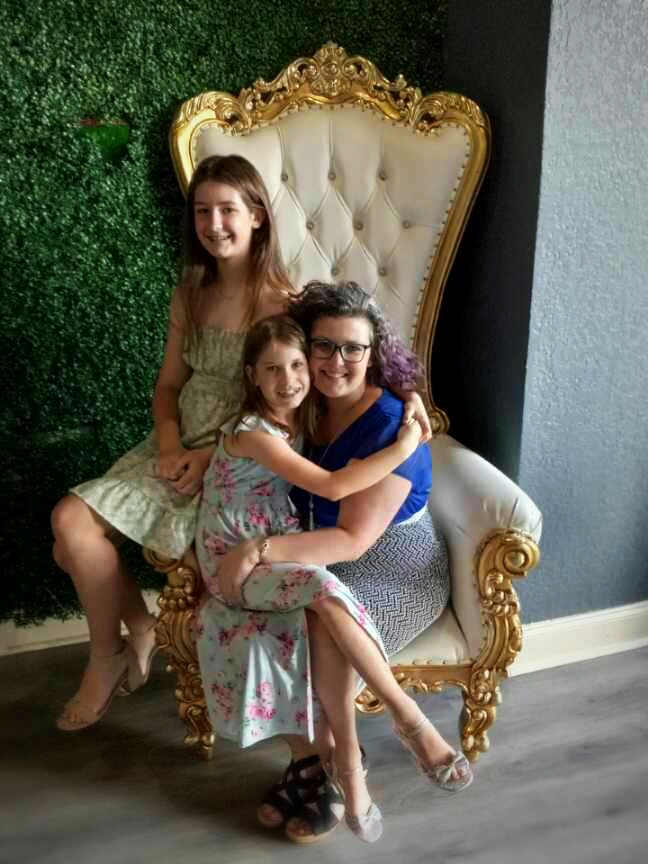Thanks to a friend for the inspiration on this one. Just last week someone asked why their child was chewing on fabric. We forget that our "neurotypical" children engage in somewhat strange behaviors too. Nail biting, sleeve chewing, nose picking, hair twirling, hair chewing, thumb sucking, teeth grinding, etc. Oh the things our kids do! Maybe YOU even do a few of these yourself!? These behaviors can be classified as sensory seeking. They are most likely automatically reinforcing - that is, the sensory stimulation received from engaging in these behaviors makes the behavior reinforcing in and of itself. While these behaviors are relatively harmless and normal, it is bothersome to most parents. So what can you do? A) live with it and hope they outgrow it on their own B) punish it or C) teach them an alternative behavior.
Are you hoping they will outgrow it? I'm a 28 year old nail biter. Apparently I didn't outgrow that one. The problem with punishing such a behavior? Well, you can't be with your child 24/7, right? Remember how punishment works? You have to punish EVERY instance of a behavior, otherwise the behavior is reinforced on an intermittent schedule (meaning every now and again). Remember intermittent reinforcement is THE worst kind of reinforcement when you are trying to get rid of a behavior - it just makes the behavior stronger! What's an "alternative behavior" you say? Well, an alternative behavior is a behavior with which you want to replace the problem behavior. It should be something that is incompatible with the problem behavior (meaning both behaviors can't occur at the same time), is equally as reinforcing as the problem behavior (in this case meaning it serves the same sensory function - touch, taste, smell, sight, sound), and that is an appropriate alternative (meaning a behavior that you can live with and that doesn't seem "strange" to society). Of course, you can always chock it up to part of your child's unique personality;) Everybody needs a little something to make them quirky, right?
